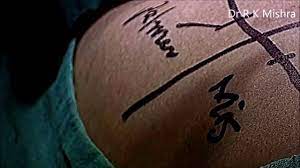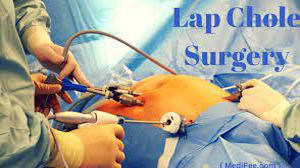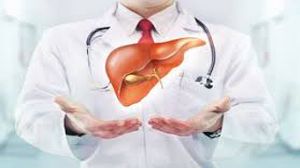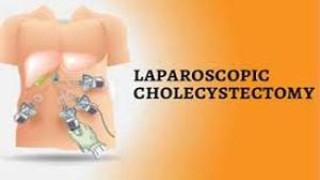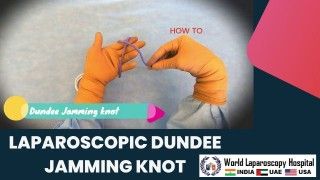Laparoscopic Dissection Technique
Add to
Share
331 views
Report
2 months ago
Description
Laparoscopic surgery has revolutionized modern surgical practice, offering patients minimal invasiveness, reduced postoperative pain, quicker recovery, and superior cosmetic results. Among the critical skills in minimally invasive surgery, laparoscopic dissection remains a cornerstone for ensuring safe and effective procedures. Dr. R.K. Mishra, a pioneer in minimal access surgery, has developed and refined advanced laparoscopic dissection techniques that are widely taught and implemented globally. Principles of Laparoscopic Dissection Dr. Mishra emphasizes a meticulous approach to laparoscopic dissection that prioritizes anatomical precision, gentle tissue handling, and hemostasis. The key principles include: Clear Visualization: Proper port placement and high-definition laparoscopic cameras allow surgeons to visualize vital structures and planes clearly, reducing the risk of injury. Tissue Plane Identification: Dissection is performed along natural tissue planes to minimize trauma and facilitate safe separation of organs. Minimal Energy Use: Dr. Mishra advocates judicious use of energy devices (electrocautery, ultrasonic shears) to prevent collateral tissue damage. Controlled Traction and Counter-Traction: Maintaining proper tension on tissues ensures precise dissection and reduces inadvertent tearing or bleeding. Hemostasis at Every Step: Continuous attention to small vessels and prompt coagulation prevents obscured fields and complications. Stepwise Technique Dr. Mishra’s laparoscopic dissection technique is structured, reproducible, and adaptable to various surgeries such as hysterectomy, myomectomy, cholecystectomy, and complex oncologic procedures: Port Placement and Exposure: Strategic positioning of laparoscopic ports ensures optimal access and ergonomics. Retraction devices or assistants help maintain exposure. Initial Dissection: Begin with gentle separation of adhesions and identification of key anatomical landmarks. Sequential Layering: Dissection progresses layer by layer, keeping the peritoneal and fascial planes intact. Vascular Control: Major vessels are carefully skeletonized, clipped, or coagulated under direct vision. Organ Mobilization: Once vessels are secured, organs are mobilized with precision, ensuring minimal manipulation and trauma. Final Inspection: Before closure, a thorough inspection ensures hemostasis and confirms the integrity of surrounding structures. Advantages of Dr. Mishra’s Technique Reduced Complications: Focused on anatomical safety, reducing inadvertent injury to vessels and organs. Shorter Operative Time: Structured dissection and efficient workflow minimize surgical duration. Enhanced Recovery: Gentle tissue handling results in less postoperative pain and faster return to normal activities. Versatility: Applicable to gynecologic, general, and oncologic laparoscopic procedures. Teaching and Training Dr. R.K. Mishra has trained hundreds of surgeons worldwide in laparoscopic dissection techniques, emphasizing hands-on practice, live surgery demonstrations, and stepwise mentorship. Surgeons trained under his guidance develop confidence in handling complex cases with minimal complications. Conclusion The laparoscopic dissection technique by Dr. R.K. Mishra represents a gold standard in minimally invasive surgery. Its emphasis on precision, safety, and efficiency has transformed patient care, making advanced laparoscopic procedures accessible and reliable for surgeons across the globe.
Similar Videos


